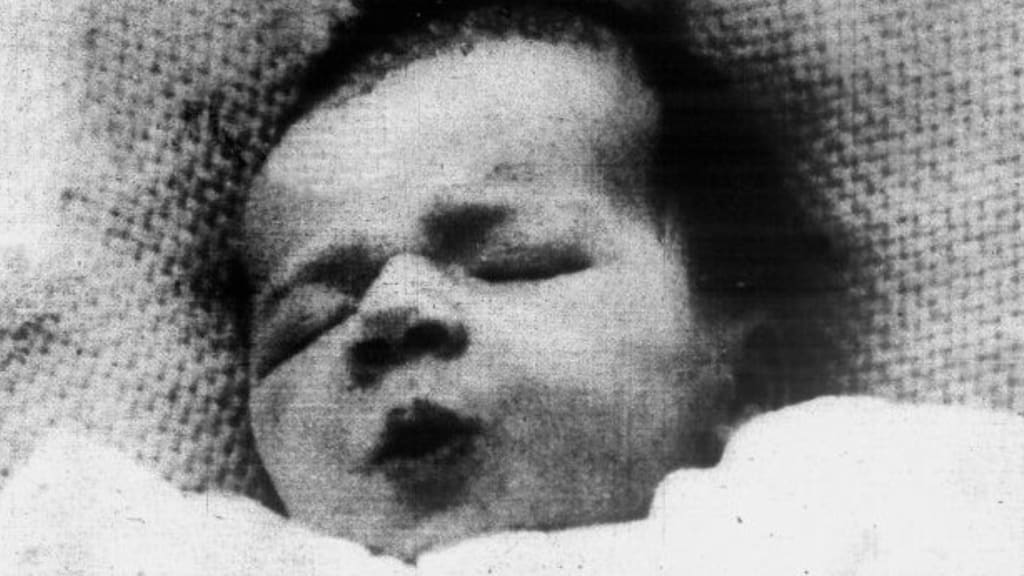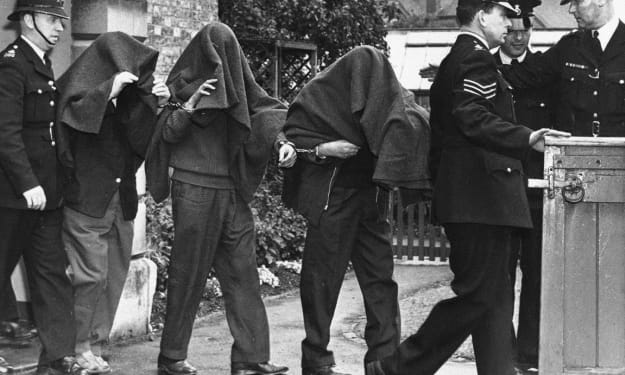The Lindbergh Kidnapping (1932): A Tale of Tragedy, Mystery, and the Pursuit of Justice
A High-Profile Crime That Shocked the Nation

The Lindbergh Kidnapping remains one of the most infamous and heartbreaking criminal cases in American history. The abduction and subsequent murder of Charles Lindbergh Jr., the 20-month-old son of famous aviator Charles Lindbergh and his wife, Anne Morrow Lindbergh, shocked the world and led to a relentless pursuit of justice. This tragedy not only captivated the public but also significantly influenced future kidnapping laws in the United States.
The Kidnapping: A Night of Horror
On the evening of March 1, 1932, the Lindberghs experienced what every parent dreads. Charles Jr., affectionately known as "Little Lindy," was put to bed in his second-floor nursery at the family home in Hopewell, New Jersey. The home was relatively secluded, surrounded by woods and far from prying eyes. The Lindberghs believed their son was safe, but they were tragically mistaken.
Sometime between 8:00 and 10:00 PM, an intruder climbed a homemade ladder to the nursery window, abducted the toddler, and left a ransom note demanding $50,000. The discovery of the note by the child’s nurse, Betty Gow, sent immediate shockwaves through the household. Charles Lindbergh, a national hero famed for his transatlantic flight, quickly took charge, but despite his prominence, the subsequent investigation proved to be a herculean task.
The Ransom and Investigation
The kidnapper’s note instructed the Lindberghs to wait for further communication. Over the next few weeks, a series of cryptic notes were delivered, increasing the ransom demand to $70,000. The perpetrator's instructions were meticulously followed, and a ransom payment was eventually made with marked bills. However, the hopes for a safe return of Charles Jr. were shattered on May 12, 1932, when his decomposed body was found less than five miles from the Lindbergh estate. The child had been dead for more than two months, a victim of blunt force trauma to the head.
The public outcry was immense. This high-profile case drew widespread media attention, with newspaper headlines nationwide decrying the horrific act. The intense coverage and the Lindberghs' celebrity status turned the investigation into a spectacle. Despite the extensive search and numerous tips, the investigation struggled to gain substantial leads.
Breakthrough and Arrest
The breakthrough in the case came from an unlikely source: a gas station attendant in New York City. In September 1934, he received a marked bill from the ransom money and reported it to the police. This led authorities to Bruno Richard Hauptmann, a German immigrant and carpenter living in the Bronx. Hauptmann was found in possession of a significant portion of the ransom money, and additional evidence, such as handwriting analysis and materials matching the kidnapper’s ladder found at his home, further implicated him.
Hauptmann maintained his innocence, claiming the money and other items were left in his care by a deceased acquaintance, Isidor Fisch. Despite his defense, the circumstantial evidence presented at his trial was compelling. After a highly publicized trial, Hauptmann was convicted of first-degree murder on February 13, 1935, and was sentenced to death. His appeals, including a clemency plea to New Jersey Governor Harold G. Hoffman, were unsuccessful. Hauptmann was executed in the electric chair on April 3, 1936.
Legacy and Impact
The Lindbergh Kidnapping case had far-reaching impacts. One of the most significant outcomes was the enactment of the "Lindbergh Law" or Federal Kidnapping Act of 1932, which made kidnapping a federal crime if the victim was taken across state lines. This legislation empowered the FBI to take a more active role in such cases, thereby improving the coordination and efficacy of investigations.
The case also had a profound effect on the Lindbergh family. Charles and Anne Lindbergh, seeking to escape the intense media scrutiny and public attention, moved to Europe in 1935. The couple had five more children, but the shadow of their first child’s tragic end loomed large over their lives.
About the Creator
Jane Doe
As a passionate storyteller, I captivate readers with engaging, well-researched articles across genres from criminality and poems to lifestyle and more....
Join me for insights, tips, and narratives that inform and entertain.
Enjoyed the story? Support the Creator.
Subscribe for free to receive all their stories in your feed. You could also pledge your support or give them a one-off tip, letting them know you appreciate their work.






Comments
There are no comments for this story
Be the first to respond and start the conversation.